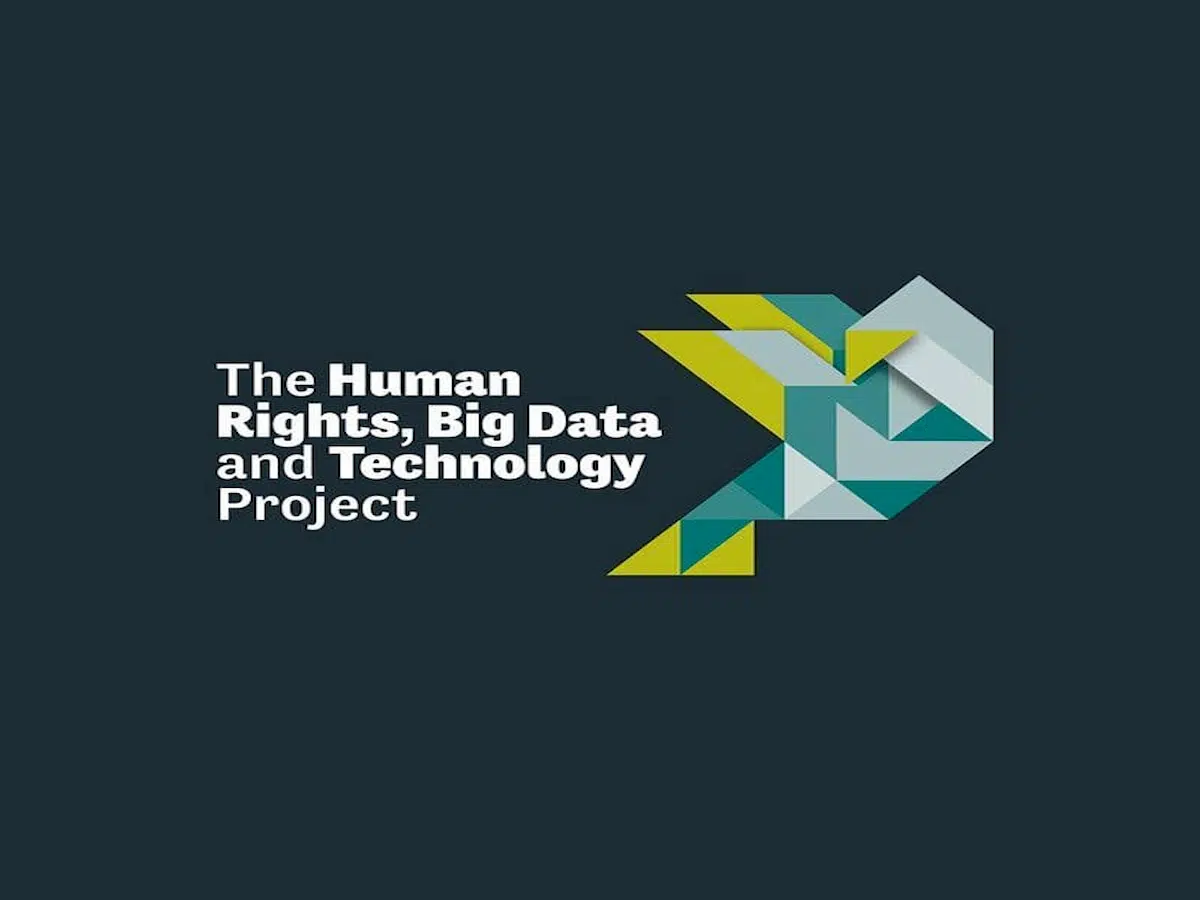Housed at the Human Rights Centre of the University of Essex and funded by the ESRC and the University of Essex, the Human Rights, Big Data and Technology Project considers both the challenges to and opportunities for human rights presented by big data and associated technologies.
The purpose of the project is to map and analyse the challenges and opportunities of the use of technology and big data from a human rights perspective. The Human Rights, Big Data and Technology Project approached Mackman to deliver a website and logo solution based on a very specific budget and a tight timescale.
Sector
Academic & Education
Location
Essex
Brand Facts
- The Human Rights, Big Data and Technology Project (HRBDT) is housed at Essex University’s Human Rights Centre with partners worldwide.
- The project explores the challenges and opportunities that big data and artificial intelligence are bringing to human rights.
- The team plans to develop good practice guidelines, regulatory responses and solutions for the human rights sector to improve both enjoyment and protection in the digital age.
Project Facts
- Mackman was approached by the HRBDT to provide a website and logo solution to house their research, publications, and training materials on a public-facing platform.
- Beginning in October 2015, the project will run until September 2020, and the website solution therefore had to be adaptive and intuitive for the project team to use.
THE CLIENT
Researching the link between AI & human rights
The HRBDT project is a University of Essex initiative to look at issues such as facial recognition, consent, corporate responsibility and deepfakes. Their work considers whether fundamental human rights concepts and approaches need to be updated and adapted to meet the new realities of technology in the era of big data, and develop good practice guidelines on technology, big data and human rights and propose remedies and regulatory responses from a rights-based perspective.
The logo, website, and logo design were to be approved by 18th December 2015. The staging site then needed to be delivered for testing by 18th January 2016. Final amendments were made by week commencing 15th February 2016, and the new logo was produced and the website was fully tested, functioning and live by 29th February 2016.
The Challenge
The timescale for the project with HRBDT was very tight, as the official launch of the project was due to take place on Wednesday 2nd of March 2016 at the British Academy in London. The website platform had to provide an adaptive solution that would be suitable for continual updating of research and publications.
OUR PROCESS
Designing a website to a tight deadline
The aim of the website was to be a window to the project and to help the team engage with the project’s stakeholder communities, practitioners, academics and the public. In addition, it needed to be the main vehicle with which to share and demonstrate the impact of the project, through the use of a wide range of outputs and tools.
The logo design needed to capture the project aims and focus areas, and to fit in with the design principles of the website. The logo also needed to incorporate the key themes of human rights and technology in a way that is sophisticated, clean and engaging.
In addition to the new project logo, the project also specified that logos from the ESRC and the University’s Human Rights Centre must be displayed prominently on the website and in line with each group’s identity guidelines.
- What services do you offer?
- Why do you do what you do?
- How do you deliver your services?
- Who are your competitors?
The Results
The project was delivered to budget and on time, and was well received at the launch at the British Academy. Statistics in the first month of launch are as follows:
- Sessions – 310
- Number of individual users (visitors) – 165
- Average session duration – 00:06:21
- Desktop – 71.94%
- Tablet – 14.19%
- Mobile – 13.87%
We were most pleased with the branding and design of the website as it created a unique, recognisable identity for the project that brought together the key themes and captured our key design principles.
Catherine Kent – Project Officer
